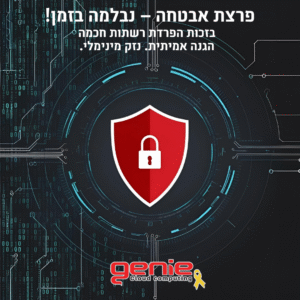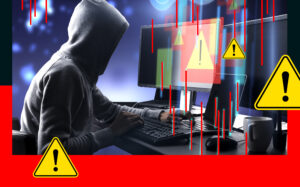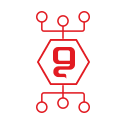10 important tips to protect your organization from cyber attacks
1. Incident response plan:
Despite taking all necessary precautions, cyber attacks can still occur. Therefore, it is essential to have a response plan in place to minimize the damage caused by a cyber attack. This plan should include steps to contain the attack, notify stakeholders and restore operations as quickly as possible.
2. Ongoing Security Audits:
Regular security audits can help organizations identify vulnerabilities in their systems and processes. By performing these audits, organizations can address these vulnerabilities before hackers can exploit them.
3. Network activity monitoring:
By monitoring network activity, organizations can quickly identify and respond to security incidents. This includes monitoring for suspicious activity and using intrusion detection systems to alert security staff of potential threats.
4. Limiting access to data:
Organizations should limit access to data to only those employees who need it to perform their duties. This can help prevent unauthorized access to sensitive data and reduce the risk of data breaches.
5. Use of anti-virus and anti-malware software:
Antivirus and anti-malware software can detect and remove malware before it can cause damage to an organization's system. It is essential to keep this software up to date and run regular scans to ensure your system is free of malware.
6. Backup data regularly:
Data backups are critical in the event of a cyber attack, as they can help organizations recover their data quickly. By regularly backing up data, organizations can minimize the damage caused by a cyber attack and ensure business continuity.
7. Implementing a firewall:
A firewall is a network security system that monitors and controls incoming and outgoing network traffic. By implementing a firewall, activating the defense mechanisms and hardening the firewall, organizations can prevent unauthorized access to their network and protect against malware and other threats
8. Employee training on cyber security best practices:
Employees are often the weakest link in an organization's cybersecurity defenses. Therefore, it is essential to train employees on cybersecurity best practices, such as how to spot phishing emails and how to create strong passwords.
9. Use of multi-factor authentication:
Multi-factor authentication adds an additional layer of security to an organization's systems by requiring users to provide two or more forms of identification to access their accounts.
10. Making regular updates:
Software vendors regularly release security patches to address vulnerabilities in their products. It is essential to stay up to date with these patches to ensure that your organization's systems are protected against the latest threats.
The author: Zabri Idan, VP of expert services and information security at Genie
You may be interested in:

אירוע משפחות סוף קיץ 2025


פישינג בעסקים: איך לזהות, למנוע ולהגיב נכון


החשיבות של סריקות פגיעויות באבטחת סייבר






